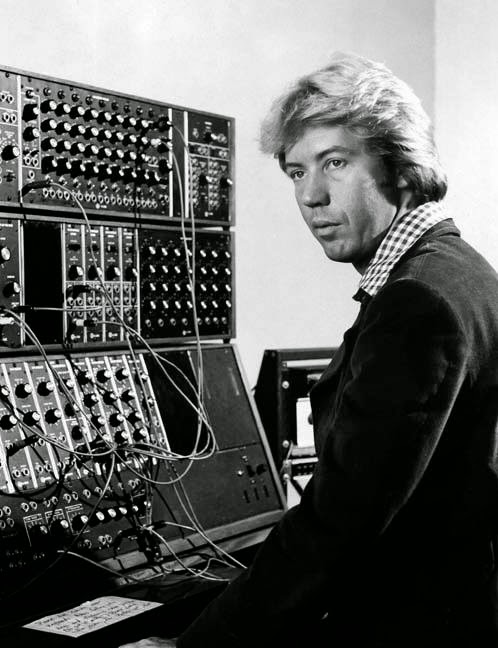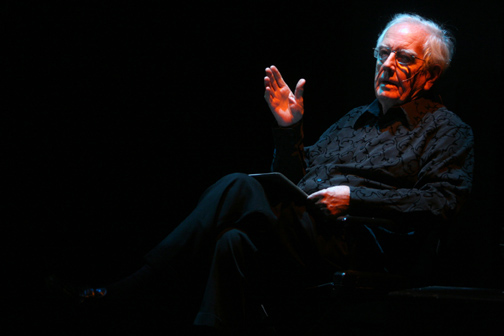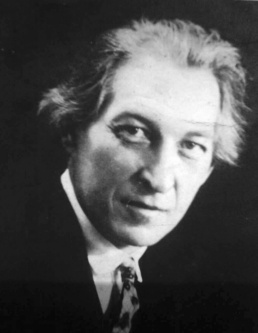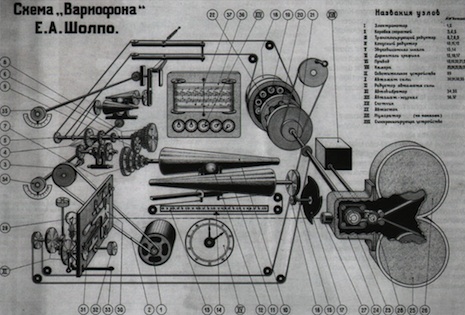Alice Shields
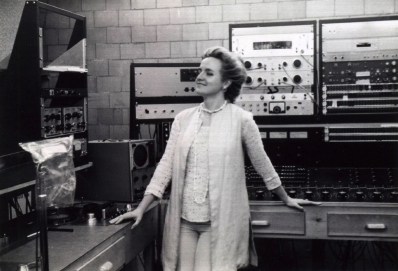
Alice Shields is known for her cross-cultural operas and vocal electronic music. In her new chamber opera, Zhaojun - A Woman of Peace (2013), Shields takes the next step in her cross-cultural explorations, into the position of women in ancient China. Her previous operas include Criseyde (2010), a 2-hour-long chamber opera for 5 singers, ensemble of 3 singers and 14 solo instruments performed in concert by the New York City Opera VOX Festival (May, 2008), the American Virtuosi Opera Company at CUNY's Elebash Hall (April, 2008, with support from the Alice M. Ditson Fund), and by the University of North Carolina-Greensboro (June, 2009). Criseyde is a new Middle English feminist retelling of Chaucer's "Troilus and Criseyde."
Komachi at Sekidera (2000/2011), a chamber opera with music and libretto by Shields written for mezzo-soprano, alto flute and Japanese koto, is recorded on Koch International Classics. A new setting of this opera for contralto, flute and cello was premiered at Tenri Institute NYC in 2011. Apocalypse (New World Records, 1994), one of the first electronic operas, with music and libretto by Shields for 3 singers, electric guitar and fixed audio media, uses musical and theatrical techniques from Bharata Natyam dance-drama. The opera Mass for the Dead (American Chamber Opera Co., 1992) with music and libretto by Shields for 4 singers, live or recorded chorus, 3 instruments and fixed audio media, uses theatrical techniques and text from Bharata Natyam dance-drama and Greek drama. Others of Shields' operas include Shaman (American Chamber Opera, 1987), Shivatanz (Akademie der Künste, Berlin, 1993), and Wraecca (Golden Fleece Composers Chamber Theater, 1987).
Education, Funding, Recordings:
Shields earned three degrees from Columbia University: Doctor of Musical Arts in music composition (1975), Master of Arts in music composition (1967), and Bachelor of Science in music (1965), studying with Jack Beeson, Vladimir Ussachevsky, Otto Luening and Chou Wen-Chung. At Columbia she served as Associate Director of the Columbia-Princeton Electronic Music Center (1978-1982) and Associate Director for Development of the Columbia University Computer Music Center (1994-1996). She has taught the psychology of music at NYU and Rutgers, and lectures on the psychology of music at institutions such as the Santa Fe Opera. Funding for Shields' work has come from the Alice M. Ditson Fund of Columbia University (2008), New York City Dept of Cultural Affairs (2008), PatsyLu Fund for Women's Music Projects (2008, 2005), Mary Flagler Cary Charitable Trust for Music (2008, 1989, 1976), Meet the Composer Soloist Champions Commission (2008), American Music Center Copying Assistance Program (2009, 2008, 2003), New York Foundation for the Arts (1990, 1982), National Endowment for the Arts (1979, 1977), National Opera Institute (1975) and Martha Baird Rockefeller Fund for Music (1974). Recordings of Shields' work are on Koch International Classics, New World, CRI, Opus One and Albany Records.
For more information please see w
ww.aliceshields.com
ALICE SHIELDS -"STUDY FOR VOICE AND TAPE" ,1968
http://www.youtube.com/watch?v=4vTRZPLyKX0



